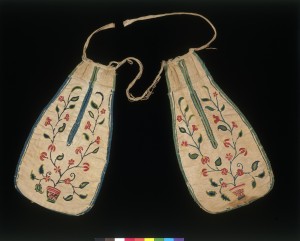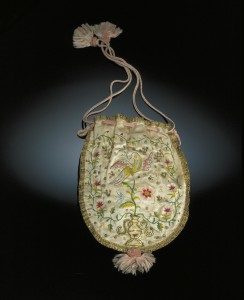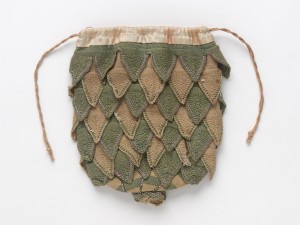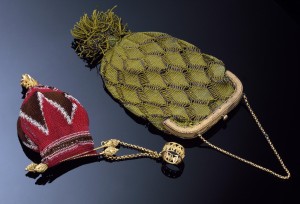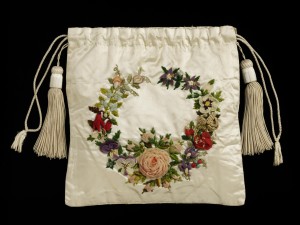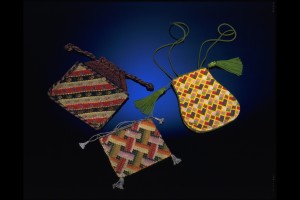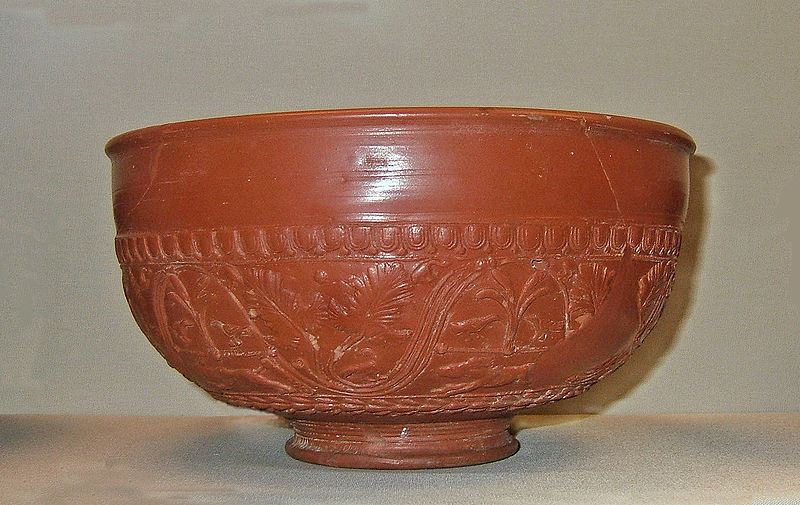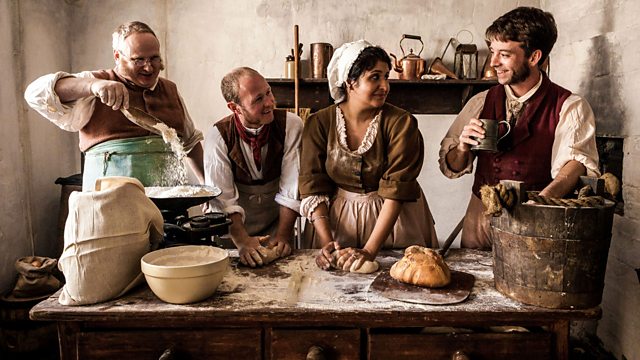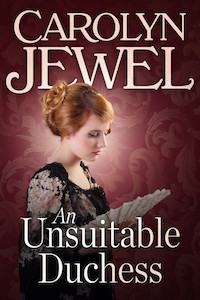How many of you have read and worked with Julia Cameron’s THE ARTISTS WAY? I was introduced to it a long time ago — before I sold my third book (I’m up to twenty) and found it an amazing resource. My writing pal Judy Yoder and I worked our way through it together, meeting once a month to discuss the previous chapter (or “week” as Cameron calls her sections.) It was an enriching experience and helped me regain my focus and head towards the success that was coming my way.
Now I am taking that ride again with a new writing friend, Linda. I am at the end of my career, if only because of my age, and Linda is just beginning. Her enthusiasm is contagious plus I find that after twenty years Cameron’s words still ring true. I resolved many of the issues that held me back then (all conveniently written in the white space of my original copy) but now there are new ones that need to be addressed.
With Linda’s enthusiasm and the proven value of the exercise, I wonder why I am finding it a challenge to recommit to two elements that Cameron considers essential: morning pages and artist’s dates.
Here is what I have decided. As I age I find that without the time pressure of deadlines my whole life is an artist’s date. I take time every day to enjoy nature, read about a subject that interests me and talk to people who I seek out.
Writing at my own pace, telling the story I have to tell is the greatest treat in the world. If there is no editorial interest then I can consider independent publishing. I wonder what Cameron thinks of that game changing aspect of publishing?
As for Morning Pages, I am not at all sure why I do not make the time to do them. I do make time for yoga most days and I am thinking that the time I spend in meditation, after yoga has taken the place of morning pages.
No matter if those details do not work for me any more there are elements of her work that are in my head everyday when I sit down and have been for all these years. “It’s easier to do the work than to worry about doing the work,” and “It is my job to do the work, not judge the work.”
THE ARTISTS WAY is the single most useful writer’s self-help book I have ever used. Where does it rank on your list? What earns high praise from you, as a reader or a writer? (If we’re talking self-help in general for me it’s a contest between DANCE OF ANGER and SEVEN HABITS OF HIGHLY EFFECTIVE PEOPLE. Am I dating myself with those two? )In any case I want to know what works for you . Or if you think the self-help process is pointless. The road to creativity is different for all of us so there are no wrong answers here.

